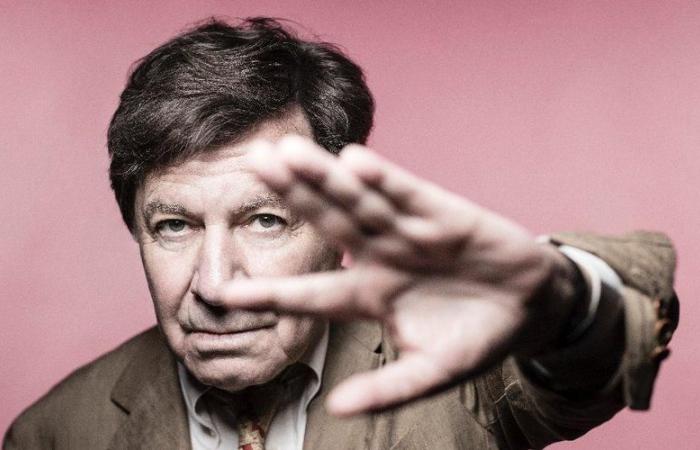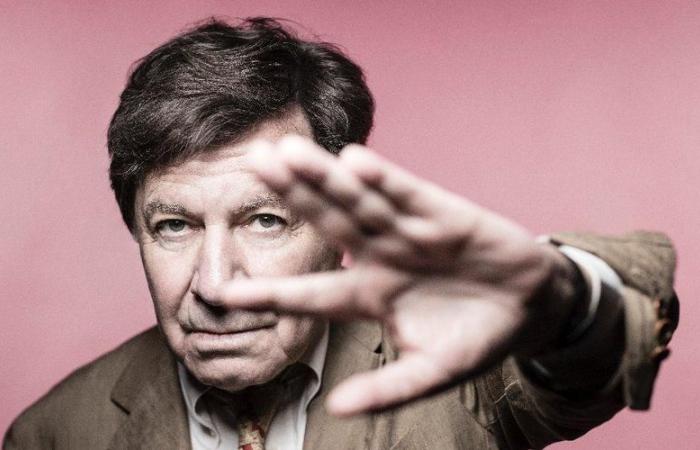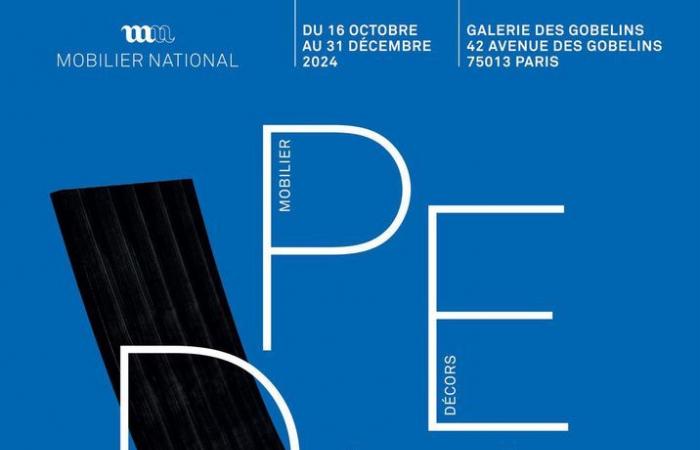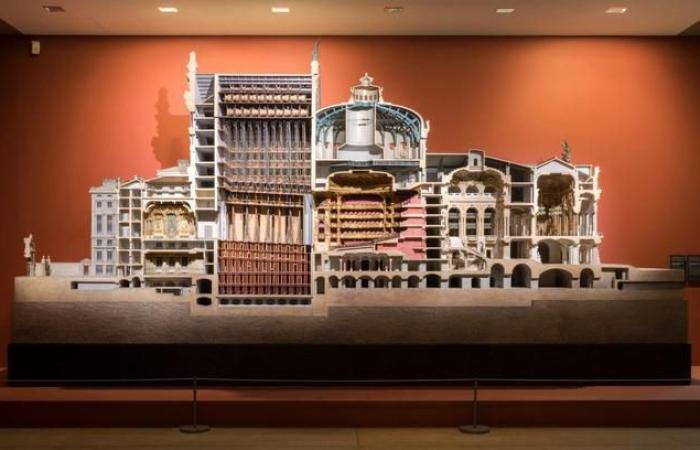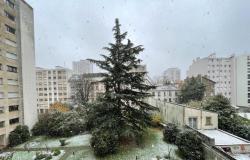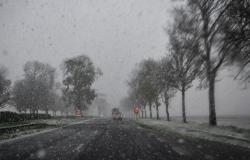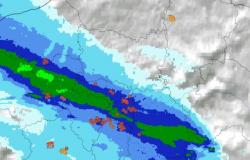Book –
Decorator Richard Peduzzi tells journalist Arnaud Laporte
In “Percussion, Discussion”, the scenographer of Patrice Chéreau talks about himself on the sidelines of his current exhibition at the Mobilier National.
Published today at 8:34 p.m.
Richard Peduzzi seen by the best portraitist (by far!) at Agence France Presse. I named Joël Saget.
Joel Saget, AFP.
Subscribe now and enjoy the audio playback feature.
BotTalk
It’s a book of circumstances coupled with a sort of gift package. This is to mark the occasion twice with the exhibition of Richard Peduzzi at the Mobilier National. An institution with which the scenographer has collaborated since 1988. Seats in general, just to show that Le Havre now occupies a well-established place in the house. I will limit myself here to the collection of interviews with the radio journalist Arnaud Laporte. Grouped under the name “Perspectives”, the postcards showing Peduzzi’s works fell from my hands when I opened the box, without there being any malign intention. I didn’t expect such a gimmick from Actes Sud. Note that I will be able to send them to a few friends for Christmas.

The poster for the current Mobilier National exhibition. The design side.
DR.
Entitled “Percussion, discussion”, the main work is presented in the form of a dialogue. We have been friends for a long time. Arnaud suddenly gets to know Richard as big as an arm. Suffice to say that in the era of inclusiveness, the reader feels a little excluded from the subject. He may not know the former decorator of Patrice Chéreau, then of Luc Bondy, inside and out. The first died prematurely in 2013, the second, older, in 2015 in Zurich. Since then, theater has taken other paths, which no doubt seem to be sidetracks. Today we only swear by Milo Rau or Romeo Castellucci. It doesn’t matter if respect for the text disappeared with them. Chéreau still cherished the classics. Today they see themselves torn to pieces, but unfortunately not always in theater.

The setting of “The House of the Dead” for Patrice Chéreau.
DR.
Peduzzi was born in Le Havre in 1943. He almost went bad as a teenager in the ruins of the bombed city. Art barely caught up with him. Something that must please Actes Sud. This house run by the well-off thus offers itself the little thrill of a marginality which concerns it from afar. The beginner very quickly became the collaborator of Chéreau, who then appeared as the revelation of the French scene while waiting to shake the coconut tree in Bayreuth. Their companionship continued, not without hiccups or disagreements. The scenographer always knew how to find what would stimulate a man himself tempted by painting. There were also museum and exhibition settings at the same time. Peduzzi thus worked for Orsay as well as the Grand Palais and the Louvre. The former libertarian thus became a very official gentleman, ending up directing the Villa Medici in Rome.

Models of the Paris Opera for the Musée d’Orsay.
Orsay Museum, Paris 2024.
Over the course of some 180 pages, the man opens up to Arnaud Laporte of France Culture. Suffice to say that the debate will soar very high. It will only be about artists remaining great painters, authors revealing themselves to be great writers for eternity and musicians remaining great composers. Flaubert, Courbet, Wagner… Not a step out of the ordinary. I would have liked a little dissent. I don’t know myself. San Antonio, Murakami or Mr. Pokora. Well no! We remain with France Culture, with proven authorities and literary references that this implies. The book therefore appears very little oral. It smells of rereading, and therefore rewriting. But maybe I’m wrong. The discussion undoubtedly gains, particularly in clarity. As for percussion, however, I remain less sure. All of this remains very smooth indeed.
Practical
“Percussion, Discussion”, Richard Peduzzi with Arnaud Laporte, published by Éditions Actes Sud, 183 pages.
“Etienne Dumont’s week”
Every Friday, find the cultural news sketched by the famous journalist.
Other newsletters
Log in
Born in 1948, Etienne Dumont studied in Geneva which were of little use to him. Latin, Greek, law. A failed lawyer, he turned to journalism. Most often in the cultural sections, he worked from March 1974 to May 2013 at the “Tribune de Genève”, starting by talking about cinema. Then came fine arts and books. Other than that, as you can see, nothing to report.More info
Did you find an error? Please report it to us.

